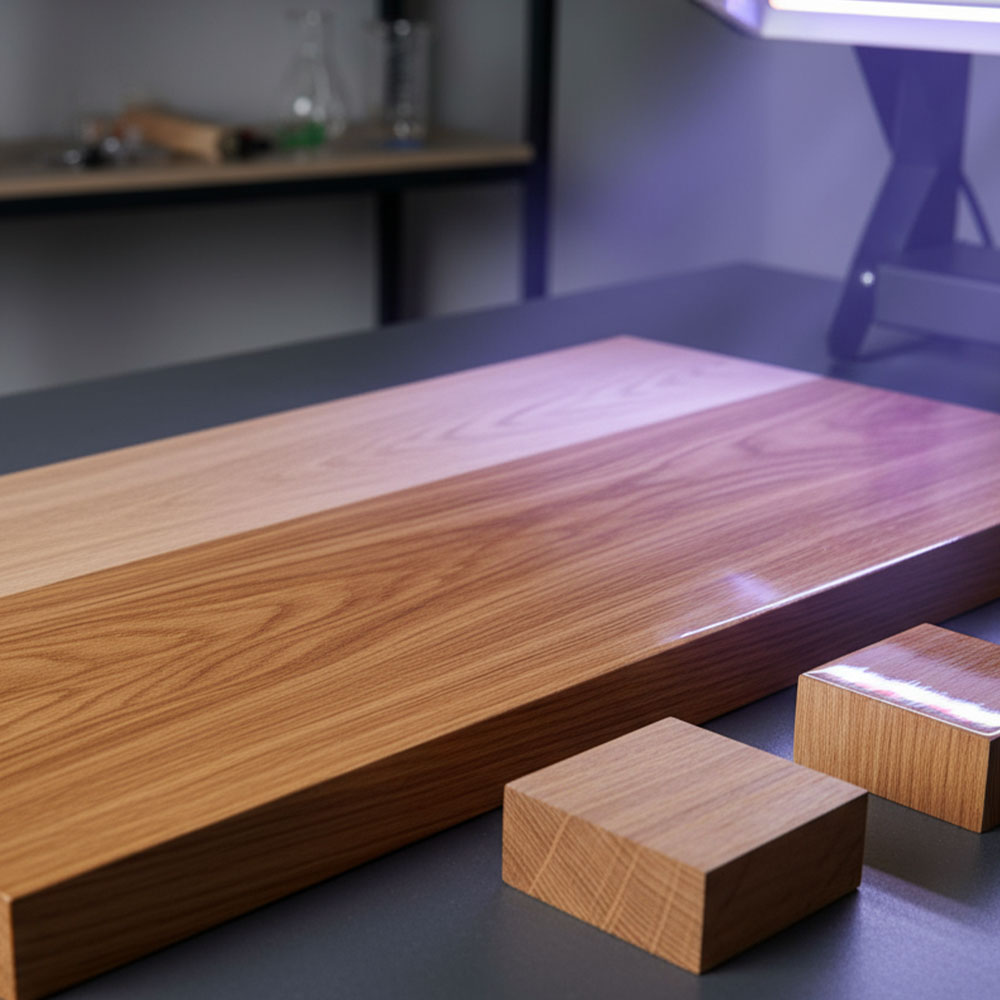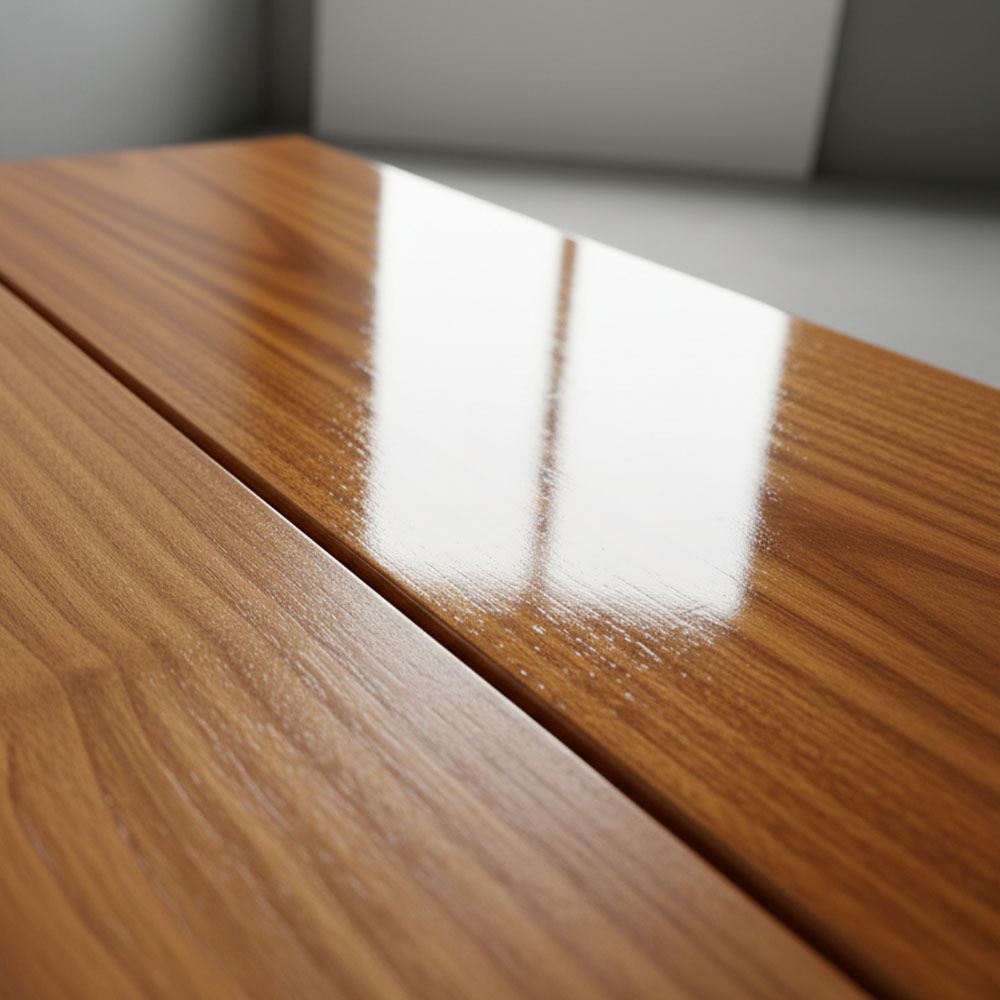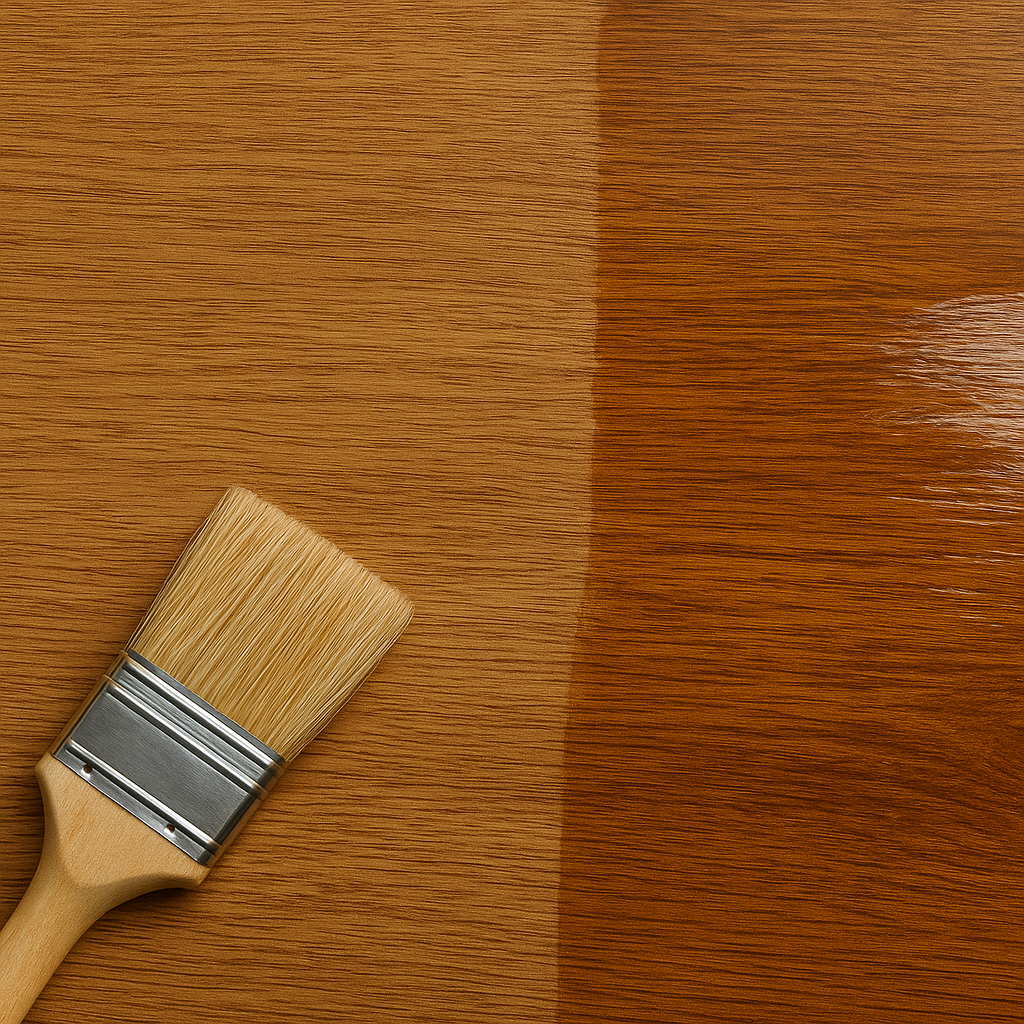Rapid-Cure Polyurethane Casting Resin:
The Liquid Canvas for Creative Innovation
From hyper-realistic creature armor in blockbuster films to museum-quality art jewelry, rapid-cure polyurethane casting resin is revolutionizing creative production. This advanced material merges industrial-grade precision with studio-friendly accessibility, enabling creators to transform concepts into tangible artifacts within 72 hours while achieving micron-level detail fidelity—a feat once exclusive to mass manufacturing.
Core Advantages Driving Creative Adoption
Speed-to-Prototype Revolution
Silicone Mold Efficiency: By eliminating the need for metal tooling, silicone molds cure in just 1–3 days at only 1% of the traditional cost (<$300). This dramatically lowers the barrier to entry for small-batch production.
Accelerated Curing: The resin cures within 15–20 minutes at room temperature, allowing for over three design iterations per day. This is especially critical for time-sensitive projects such as film prop fabrication.
Uncompromised Detail Replication
Rapid-cure polyurethane captures 20μm surface textures (e.g., skin wrinkles, jewelry engravings) and supports ultra-thin structures as fine as 0.5mm. These qualities are crucial for biological realism and detailed miniatures.
Material Versatility: Furthermore, its adjustable hardness (Shore A30–D80) allows it to mimic materials like wood, stone, or rubber—without requiring secondary finishing processes.
Economic & Operational Agility
Compared to CNC machining, polyurethane resin offers up to 70% lower per-part cost for quantities between 50–500 units, with zero upfront tooling investment.
Studio-Scale Operation: Additionally, only basic equipment—such as vacuum chambers under $500—is required for degassing, removing the need for industrial presses and allowing true scalability within small studios.
Industry-Specific Applications & Techniques
▸ Special Effects Props
Tear resistance above 30MPa is crucial for stunt-ready props.
To ensure durability, professionals often use layered casting techniques with flexibilizers, which help absorb shock and prevent cracks during impact scenes.
▸ Decorative Jewelry
Achieving optical clarity is essential.
As a solution, vacuum degassing for less than 60 seconds removes air bubbles before curing.
In terms of aesthetics, metallic mica powders offer antique brass or copper finishes—without any toxic heavy metals.
▸ Architectural & Scale Models
These projects demand precise dimensional accuracy.
Thanks to the resin’s stability, tolerances of ±0.3mm per 100mm are achievable.
Furthermore, its adjustable density makes large dioramas significantly lighter than those made with epoxy (8g/cm³ vs. 1.2g/cm³).
▸ Artisan Crafts
Interactive visual effects enhance user engagement.
For example, UV-reactive pigments can create glow-in-the-dark features for lamps and sculptures.
Moreover, with less than 0.1% linear shrinkage, the material is ideal for replicating degraded artifacts without dimensional distortion.
Real-World Impact
A London-based prop studio reduced the production cost of Dune’s worm-scale miniatures by 80% compared to 3D printing—while still achieving surface fidelity suitable for 4K cinematography.
Advanced Process Optimization
1. Defect Mitigation Strategies
To prevent moisture-induced bubbles, maintain relative humidity below 50%.
Pouring the resin slowly at a 45° angle along the mold walls also minimizes air entrapment, leading to smoother surface results.
Mold Life Extension
Adding 10% silicone extenders can increase mold reuse cycles from 20 to over 50.
Additionally, using water-based release agents such as EaseRelease™ analogs helps preserve delicate surface details while remaining non-toxic.
Eco-Conscious Innovation
By adopting plant-based MDI derivatives, bio-sourced resins can reduce carbon emissions by up to 30%.
Meanwhile, closed-loop recycling methods—such as solvent-free depolymerization—are capable of recovering over 85% of raw materials, supporting circular manufacturing systems.
Future Frontiers: Smart Materials & Digital Integration
Self-Healing Systems: Experimental polyurethane blends with Tg ≥ 80°C are being developed to autonomously repair scratches when activated by heat.
AI-Driven Formulation: Neural networks now assist in predicting shrinkage and flow behavior, reducing trial-and-error and achieving error compensation within 0.05mm.
Blockchain Authentication: Creators are embedding encrypted NFC tags in limited-edition resin artworks to verify provenance through decentralized blockchain systems.
Market Outlook
According to market forecasts, the creative polyurethane resin segment is expected to reach $4B by 2033, growing at a 6% CAGR. This expansion is fueled by rising demand from indie designers, boutique manufacturers, and entertainment studios. Furthermore, continued innovations in bio-recyclable resins and AI-assisted curing processes will further blur the lines between artisanal craftsmanship and industrial-grade production.
Closing Insight
Beyond a prototyping tool, polyurethane resin embodies the democratization of precision manufacturing. It empowers artists, engineers, and makers to bypass traditional factory constraints—transforming small studios into micro-factories where ideas materialize at the speed of imagination, without sacrificing professional rigor.
#PolyurethaneCasting #RapidPrototyping #SpecialEffects #ArtisanTech #MaterialScience


